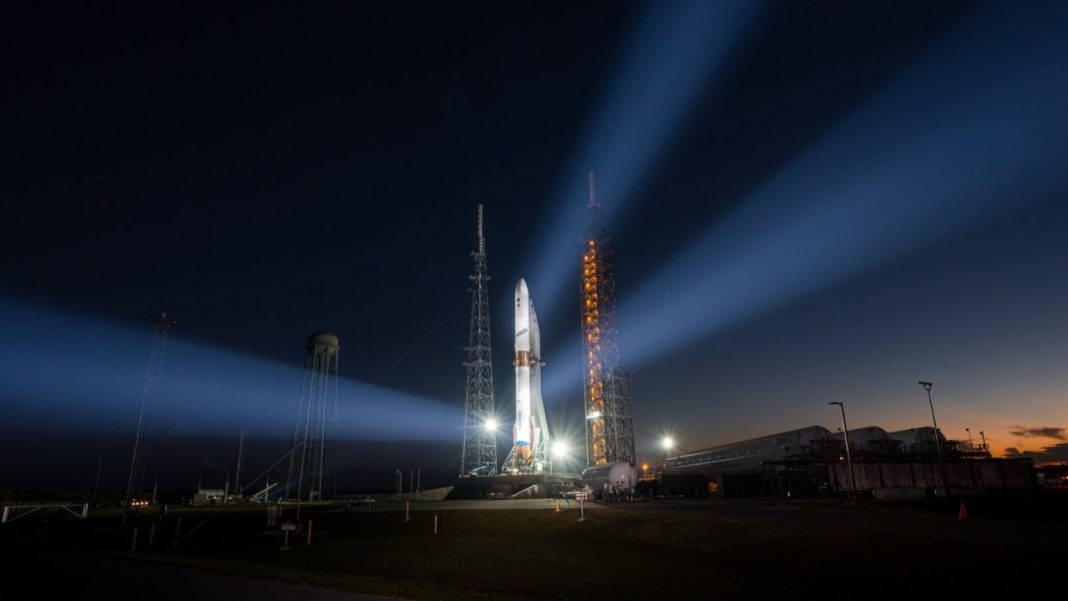NASA’s Escapade Mars Mission Set for Historic Launch on Blue Origin Rocket
NASA’s groundbreaking Escapade Mars mission is scheduled to launch tonight aboard Blue Origin’s New Glenn rocket from Cape Canaveral Space Force Station, Florida. In a dual milestone event, Blue Origin will also attempt to land the massive rocket’s first stage on a recovery ship at sea, advancing reusable spaceflight technology.
Key Mission Details
- Launch Time: 1:15 am IST on Monday, November 10
- Launch Vehicle: Blue Origin’s New Glenn rocket
- Mission Duration: Multi-year journey to Mars orbit
- Landing Attempt: Rocket booster recovery on ship Jacklyn
What is the Escapade Mission?
The Escapade mission features twin spacecraft named Blue and Gold that will study how Mars lost much of its atmosphere over billions of years. This research is crucial for understanding the Red Planet’s climatic history and potential past habitability.
Unlike traditional Mars missions, Escapade employs an innovative “launch-and-loiter” strategy. After liftoff, the spacecraft will first travel to the Earth-Sun Lagrange Point 2 (L2), approximately 1.5 million kilometers from Earth, where they will wait until ideal conditions for the interplanetary cruise to Mars in late 2026.
The dual spacecraft are expected to reach Martian orbit by 2027, where they will fly in formation and gather critical data on the planet’s magnetic environment and atmospheric escape processes. This mission is part of NASA’s SIMPLEx program, which focuses on cost-effective small spacecraft with significant scientific objectives.
New Glenn Rocket Landing Attempt
For Blue Origin, this launch represents the second flight of its flagship New Glenn rocket – a 321-foot-tall heavy-lift vehicle designed to compete in the commercial launch industry. While the rocket debuted successfully earlier this year, the company’s first landing attempt on a recovery ship was unsuccessful.
The upcoming launch will feature another landing attempt on Blue Origin’s recovery vessel, Jacklyn, stationed in the Atlantic Ocean. A successful booster recovery would mark a critical advancement toward sustainable, reusable heavy launch vehicles.
Mission controllers are closely monitoring weather conditions and other factors, with all indicators pointing toward a successful liftoff. This landmark mission represents the growing collaboration between NASA and private spaceflight companies, combining advanced Mars science with cutting-edge rocket technology.





